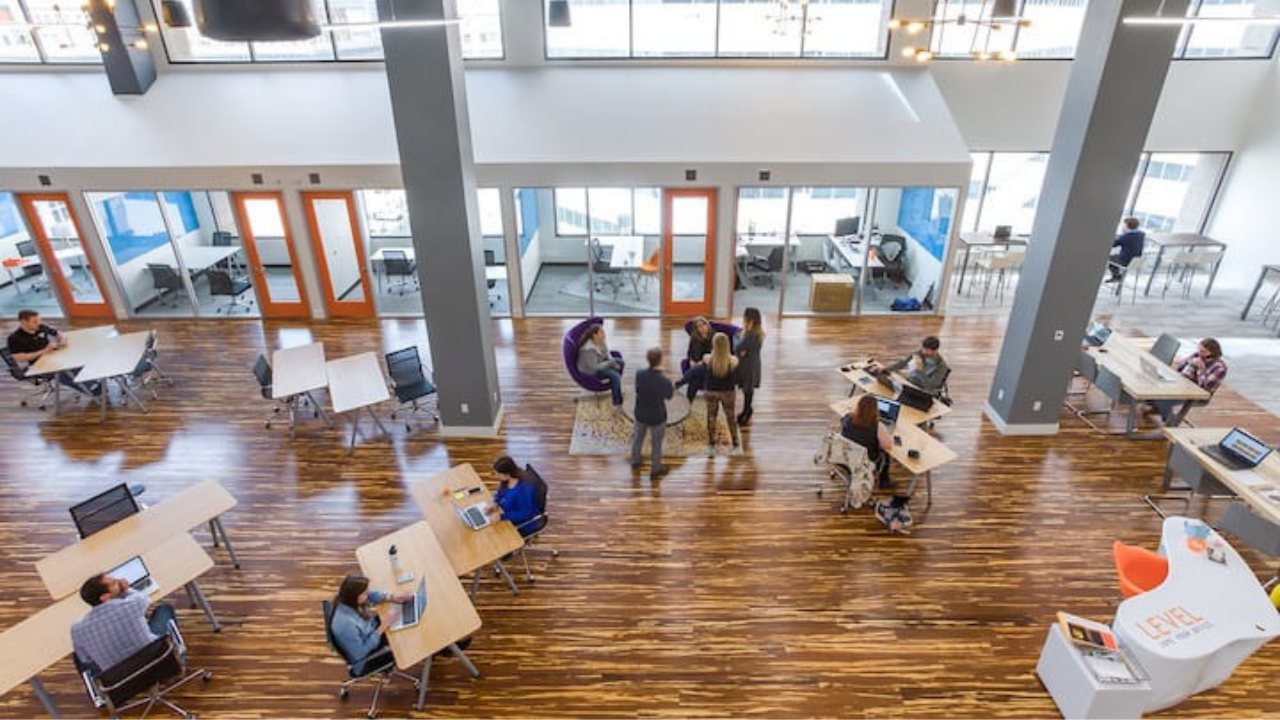The flexible workspace industry has changed the dynamic of the global CRE market as users continue to demand flexible workspace solutions. In the US alone, flexible workspaces accounted for nearly two-thirds of office absorption in 2018.
People are drawn to flexible and coworking spaces because of their wide array of amenities, including coffee, food, yoga classes, nap rooms, varied workstations, and flexible lease-terms. However, many people remain skeptical on whether the industry will prove to be sustainable, especially as markets begin to saturate with various coworking offerings.
In the US, flexible workspaces account for less than 5% of all US office stock, though JLL expects this number to reach 30% 10 years from now, especially fast-growing metropolitan areas like Denver. Another key trait that makes certain metros more likely to experience flexible workspace growth include those with new construction projects. In Denver specifically, 9.7 million square feet of new office space have been delivered since 2010, with a third of that deliver in 2018 alone.
Flexible workspaces are now looking to corporate clients to continue powering their growth, especially as large companies seek increased flexibility in their leases in order to move or expand into new markets. Coworking spaces are also moving out of urban areas and into suburban neighborhoods in order to cover increasing tenant demand in those areas.

 Dr. Gleb Tsipursky – The Office Whisperer
Dr. Gleb Tsipursky – The Office Whisperer Nirit Cohen – WorkFutures
Nirit Cohen – WorkFutures Angela Howard – Culture Expert
Angela Howard – Culture Expert Drew Jones – Design & Innovation
Drew Jones – Design & Innovation Jonathan Price – CRE & Flex Expert
Jonathan Price – CRE & Flex Expert










